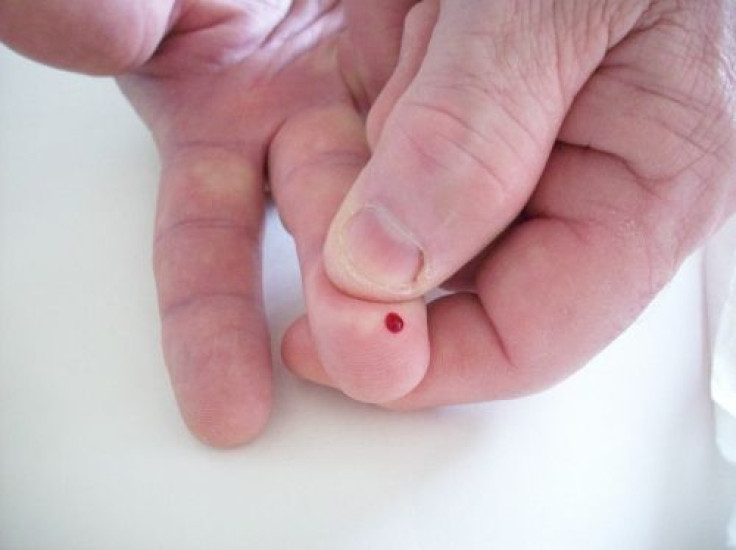Roche A1c Test Approved To Diagnose Diabetes

Although used off-label to diagnose diabetes, the A1c test has now been given the green light by the Food and Drug Administration (FDA) for the official use of diagnosing diabetes. The test was previously approved only to monitor the way patients were maintaining and controlling their diabetes. Evaluating how much hemoglobin A1c is bound to glucose (sugar), the test provides a snapshot of the average blood glucose levels patients have had for the last three months. The exact testing kit that has been approved is called COBAS INTEGRA 800 Tina-quant HbA1cDx assay, sold by Roche, the Swiss biopharmaceutical giant.
Typical testing for diabetes is done by taking a blood sample from patients after they have been fasting and determining the blood glucose level. Another method is to test glucose tolerance by giving patients glucose and then drawing blood to determine if the body can appropriately release insulin to help absorb the sugar out of the blood and into tissues.
With diabetes rates soaring in the United States, this kit gives health care professionals a fast and reliable test to identify diabetic patients. "Providing health care professionals with another tool to identify undiagnosed cases of diabetes should help them provide patients appropriate guidance on treatment before problems develop," said Alberto Gutierrez, Ph.D., director of the Office of In Vitro Diagnostics and Radiological Devices at FDA's Center for Devices and Radiological Health. "As the Tina-quant HbA1cDx assay was designed for diabetes diagnosis and has been reviewed by the FDA, physicians can have confidence that this test is reasonably safe and effective when used for its intended purposes of monitoring and diagnosing diabetes."
Researchers investigated 141 blood samples and found less than a six percent discrepancy between the Roche test and the standard reference for hemoglobin analysis. The FDA warns that over-the-counter A1c tests should not be used to diagnose diabetes, only to monitor blood glucose level trends.
Diabetes results from the body's inability to properly absorb sugar from the bloodstream. Type 2 diabetes occurs when the pancreas either does not produce enough insulin or the cells of the body become desensitized to insulin because of systemic high levels for years. Type 1 diabetes usually happens during youth and is a result of the immune system mistakenly attacking the insulin producing cells of the pancreas and killing them. In both types of diabetes, patients need to monitor their blood glucose levels by taking medication and/or taking insulin injections to supplement the body's production.
Certain types of diabetes, such as gestational diabetes in pregnant women and some obesity-related type 2 diabetes, are reversible. A large percent of obesity-related diabetes can be remedied by diet and weight loss regimens.
New drugs to treat diabetes are in the works such as ORMD-0801, the first oral insulin pill being researched by Oramed Pharmacauticals out of Israel, and Ertugliflozin from Pfizer that allows people to pass excess sugar out of the bloodstream and into urine to control blood sugar levels. A similar drug called Invokana was just approved by the FDA this past month.



























